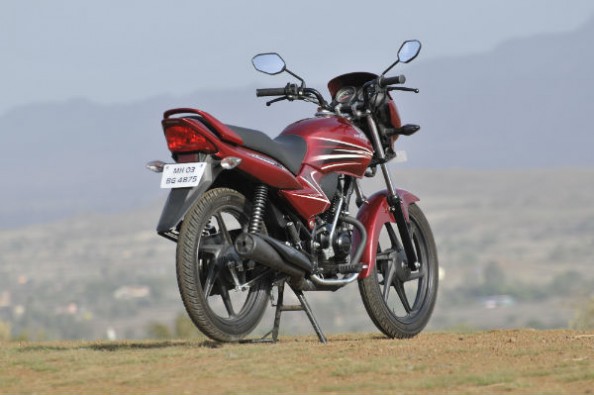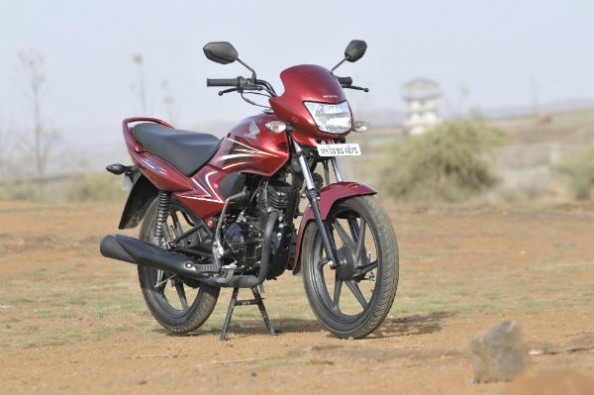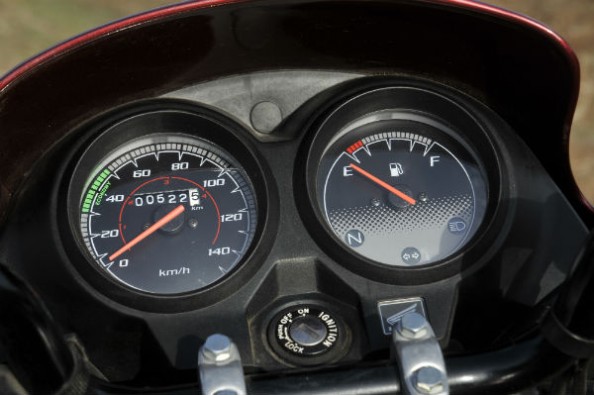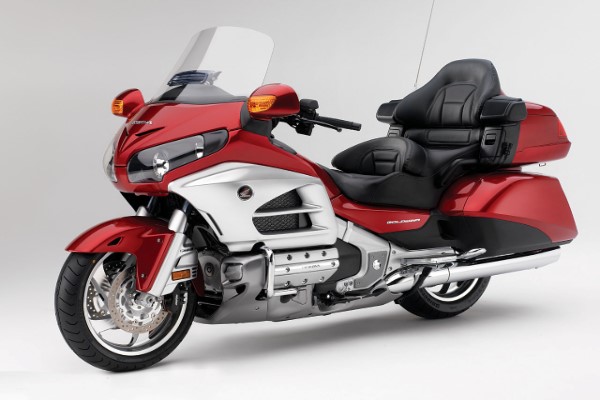The Dream Yuga is the first of Honda’s famous ‘Dream’ range of bikes in India. Does this capable commuter have what it takes to make inroads in such a competitive market space? Let’s find out.
On the outside
While you might not notice this bike instantly in a parking lot, styling is neat – it’s derived from the understated CB Shine, as a result of which it does look a bit bland. The Honda-typical beak-type headlamp and cowl are softened, with a smooth and simple look. Twin-pod instruments sit sheltered behind the cowl. The left pod houses a bold, easily read speedometer, with an odometer nestled in the middle, while the other houses the fuel level indicator and the basic telltale lights. There is no trip meter on this bike though. The bike’s angular rear-view mirrors on the matte black handlebar look smart. The Dream Yuga, thankfully, comes with a pass light switch, while the high-beam button is push-operated.
The Yuga’s eight-litre fuel tank swoops back toward the riding seat, with fine horizontal ridges creating recesses for you to tuck your knees into. The filler cap is a familiar, chromed Honda unit. Stylish side panels give the Dream Yuga some muscle, their boomerang shape resembles the CB Shine. The rear panels look smart, flowing from the side panels into a big tail lamp. There’s a chunky, cast-alloy pillion grab bar as well. The front fork sliders, smart six-spoke alloy wheels, engine, exhaust system and full chain cover are all finished in black and add some style to its appearance. Overall quality is great, the Yuga feels built to last.
Power Torque
This bike uses the same four-stroke, single-cylinder 109cc engine as the CB Twister. However, Honda has tweaked this powerplant in a bid to improve rideability, because of which, at 8.4hp, power is down by 0.5hp and developed 500rpm earlier. 8.8Nm of peak torque remains a constant, and this is also available 500rpm lower in the powerband.
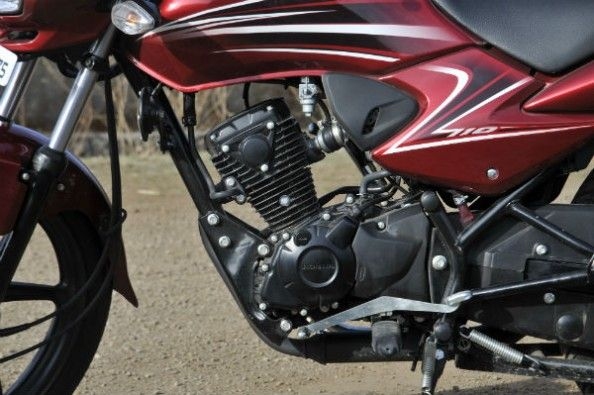
From the saddle
The engine is smooth and quiet, right from idle, delivering a wide spread of power making it easy to pilot the bike. The bottom end offers a smooth, silken response, while throttle inputs in the mid-range are even more rewarding, laced with a hint of sportiness. The Honda remains smooth even high up in its rev range, although revving it up is of little use as power tails off rather quickly. The clutch is well weighted and progressive. Like the Twister, the Dream Yuga also uses a four-speed gearbox, but it shifts in the all-up pattern, with a heel-and-toe shift lever. Gearshifts are fault-free, and well-chosen ratios ally with the torquey engine to make this bike effortless to ride in the city. It pulls cleanly from speeds under 30kph in top gear as well.
It accelerates from a standstill to 60kph in 7.69 seconds and boasts a true 95kph top speed. Performance is peppier than 110cc offerings from other manufacturers but it’s slower than the CB Twister.
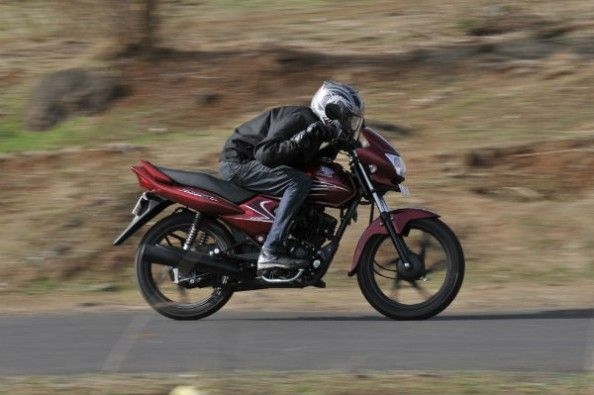
The wheelbase is 1285mm and the bike offers a long, well-padded, wide seat that easily accommodates two hefty adults. The handlebar is positioned low and comfortably within reach. Good ergonomics make this a comfortable bike for riders of most heights. Telescopic forks and adjustable twin hydraulic shock absorbers at the rear work together and deliver good ride quality. At low speeds, there’s a hint of firmness evident over light ridges, but the suspension is adept at dealing with big bumps and potholes. The larger 18-inch rims improve the Dream Yuga’s ability to take on poor roads. This light bike is easy to steer at low speeds, and doesn’t feel nervous at high speeds. Around corners, the high-grip MRF tyres and long wheelbase combine to impart a sense of confidence. As far as braking is concerned, we managed to stop the Dream Yuga from 60kph in 20.28 metres. The Dream Yuga is quiet efficient – it delivered 58.3kpl in the city and a highway efficiency of 61.8kpl.
Is it worth the money?
The new Honda may not be the most exciting motorcycle to look at in its class, but refined performance, decent comfort and high fuel efficiency combine to create a wholesome commuter experience, quietly impressive and certain to give the competition good reason to sweat.


